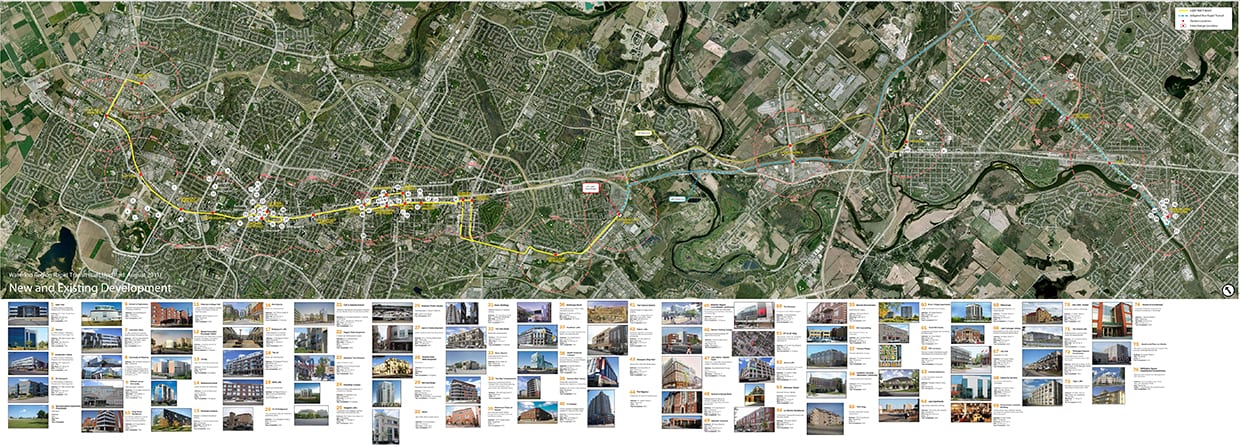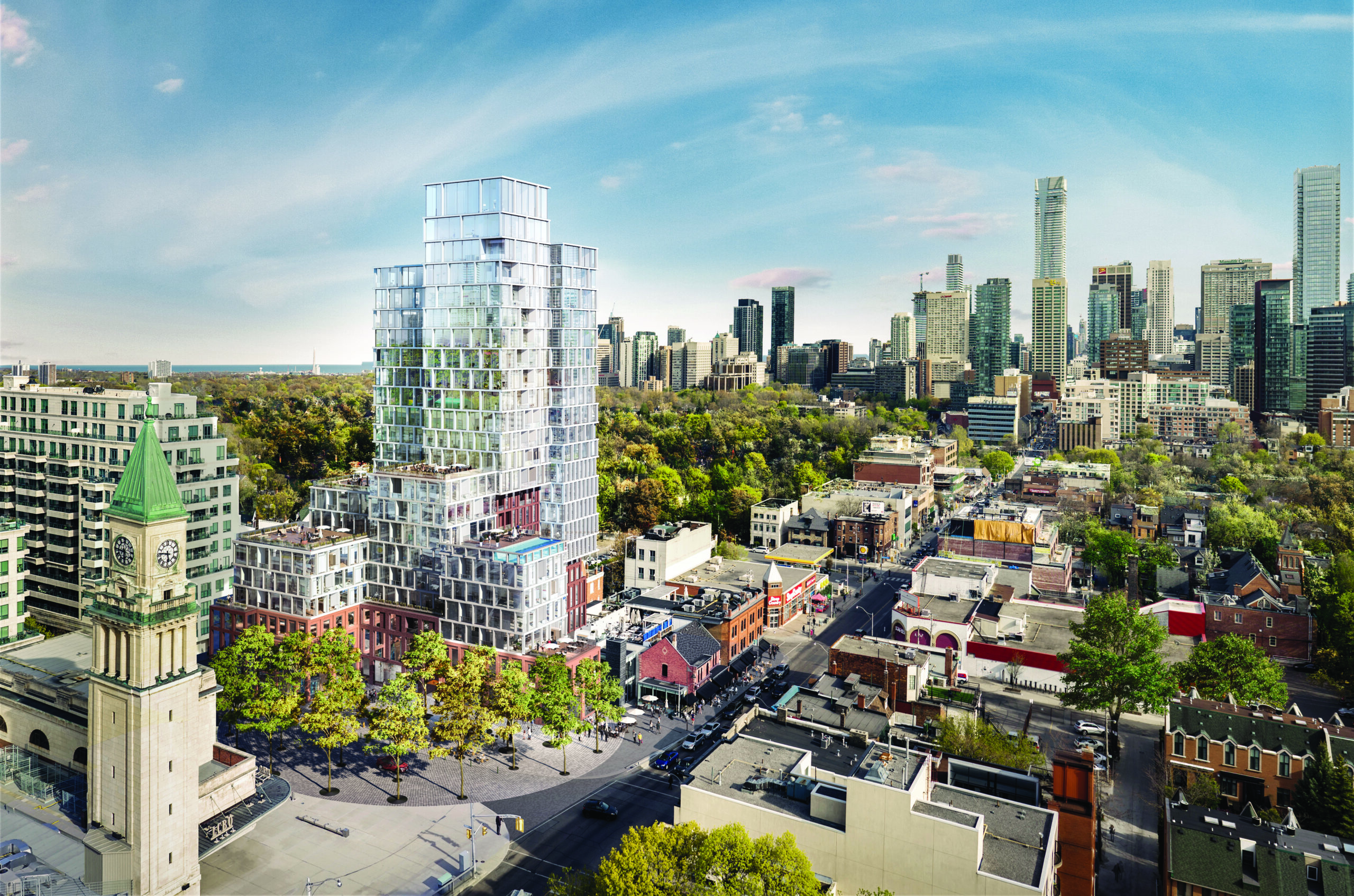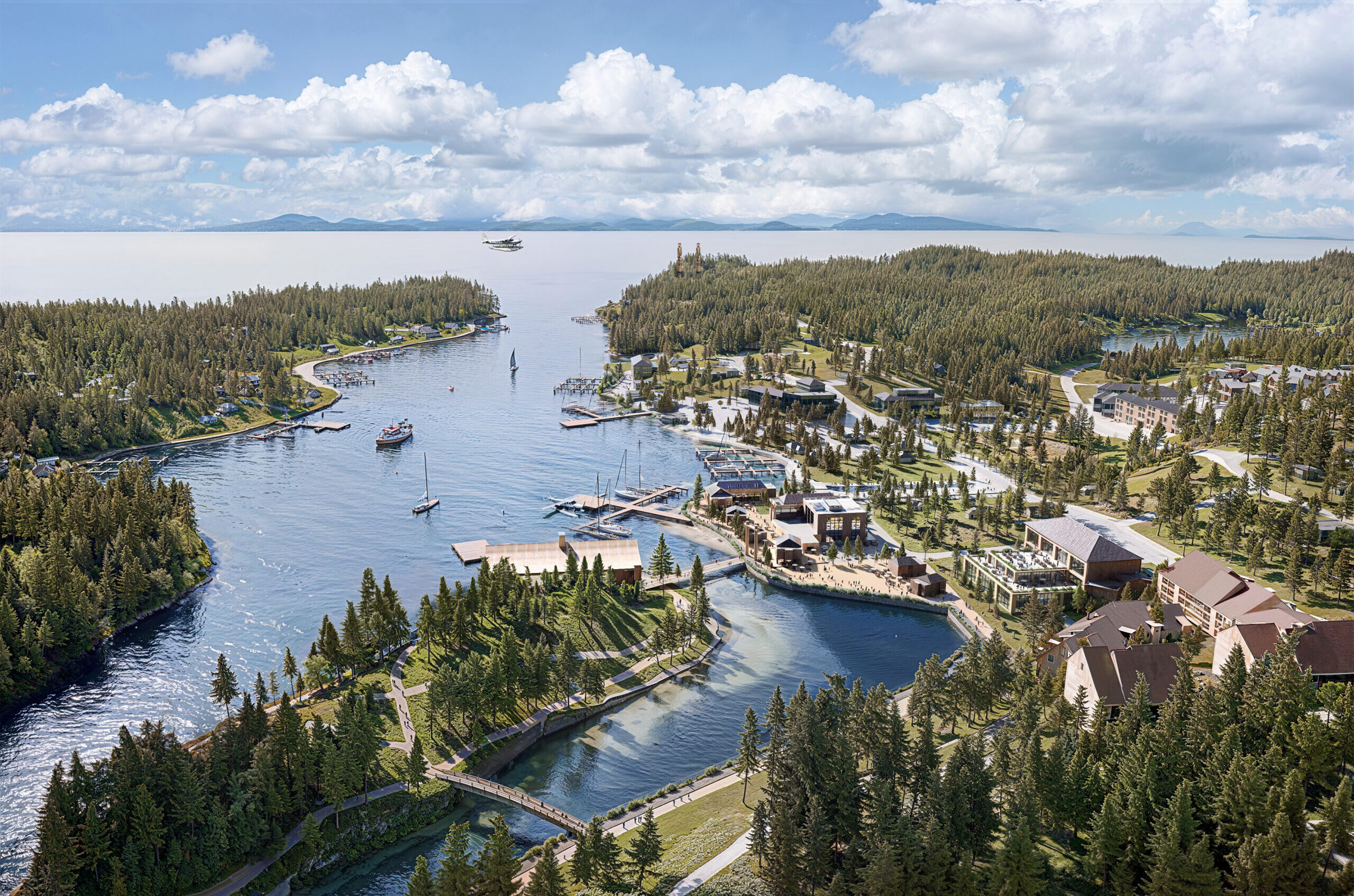2014
Canadian Society of Landscape Architects National Urban Design Award of Merit
2014
Canadian Institute of Planners, City & Regional Planning
Recognizing the transit was about more than just moving people from A to B the Region retained Urban Strategies to lead a Community Building Strategy which identified key directions for building stronger communities, guiding development, and moving people within, to, and from this Corridor. Working closely with Regional staff, their municipal partners and key stakeholders, our team worked to distill and articulate the city-building opportunities at the corridor, sub-corridor and station level from a mobility, placemaking, and regional strengthening perspective. Our comprehensive public consultation plan involved the use of a dedicated project storefront, open houses and workshops, a series of multimedia/social media tools, and events aimed at engaging youth, as well as campus, retail and industry stakeholders in locations all along the corridor.
Watch the time lapse of the Community Building Strategy Forum 1 and Forum 2, as well as animated video which outlines the key elements of the strategy here.

Key Team Members

Melanie Hare

Craig Lametti
Project Details
Client
Region of Waterloo
Consultant Team
Nelson\Nygaard
Colliers International
Related Projects

Scrivener Square


